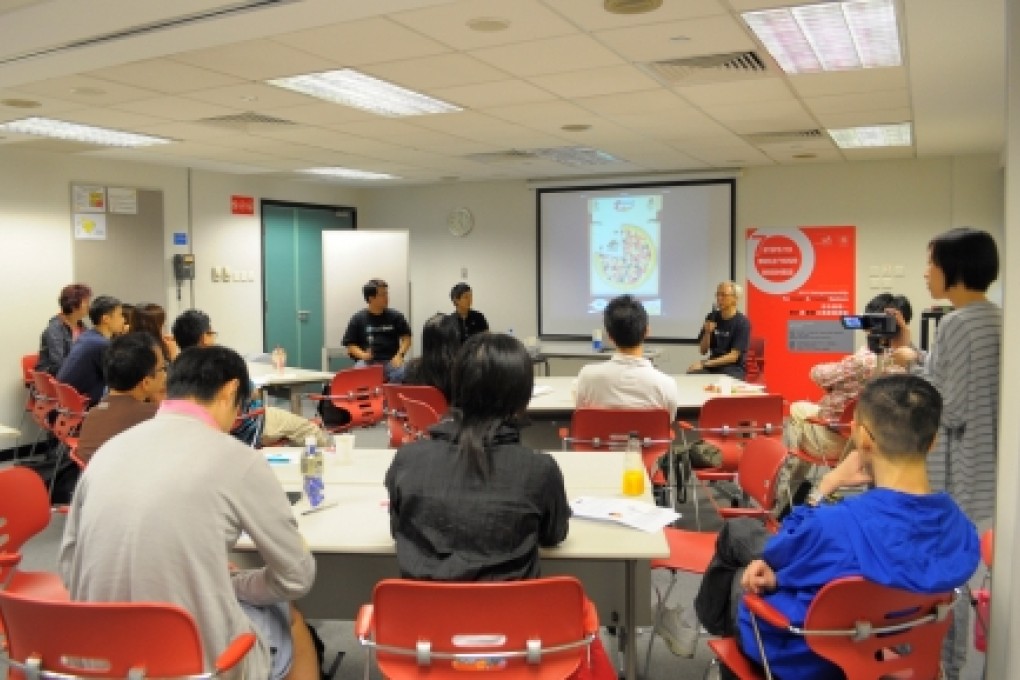
In his 2009/10 policy address, then-chief-executive Donald Tsang acknowledged the need to support and nurture six key sectors in Hong Kong's economy, one of which encompassed the creative industries.
By that time, however, the Hong Kong Design Centre (HKDC), in collaboration with the Chinese University of Hong Kong's (CUHK) Centre for Entrepreneurship, had already launched their Entrepreneurship for Design and Creative Business programme. Both institutions believed it was crucial for creative talent in Hong Kong to acquire a certain level of business acumen.
"Design is part of the fabric of our community, society, culture and economy," says Dr Edmund Lee, executive director of the HKDC. "We believe that the way forward for a business to compete is through the use of innovative design to create a 'wow' experience when it delivers its products and services."
Those with creative skills, however, are not necessarily being prepared to realise the commercial possibilities of their own inventiveness.
"Currently, a typical design or creative programme trains the creative person or designer to work for either a design or creative firm, or a creative department within a corporation," says Bernard Suen, project director at the Centre for Entrepreneurship. "Knowledge relating to accounting, business information systems, marketing and starting a business has not been given too much attention."
The "7+1" Entrepreneurship for Design and Creative Business programme consists of seven classroom sessions plus a one-day trip to the Pearl River Delta for a company visit, and covers a range of practical skills.